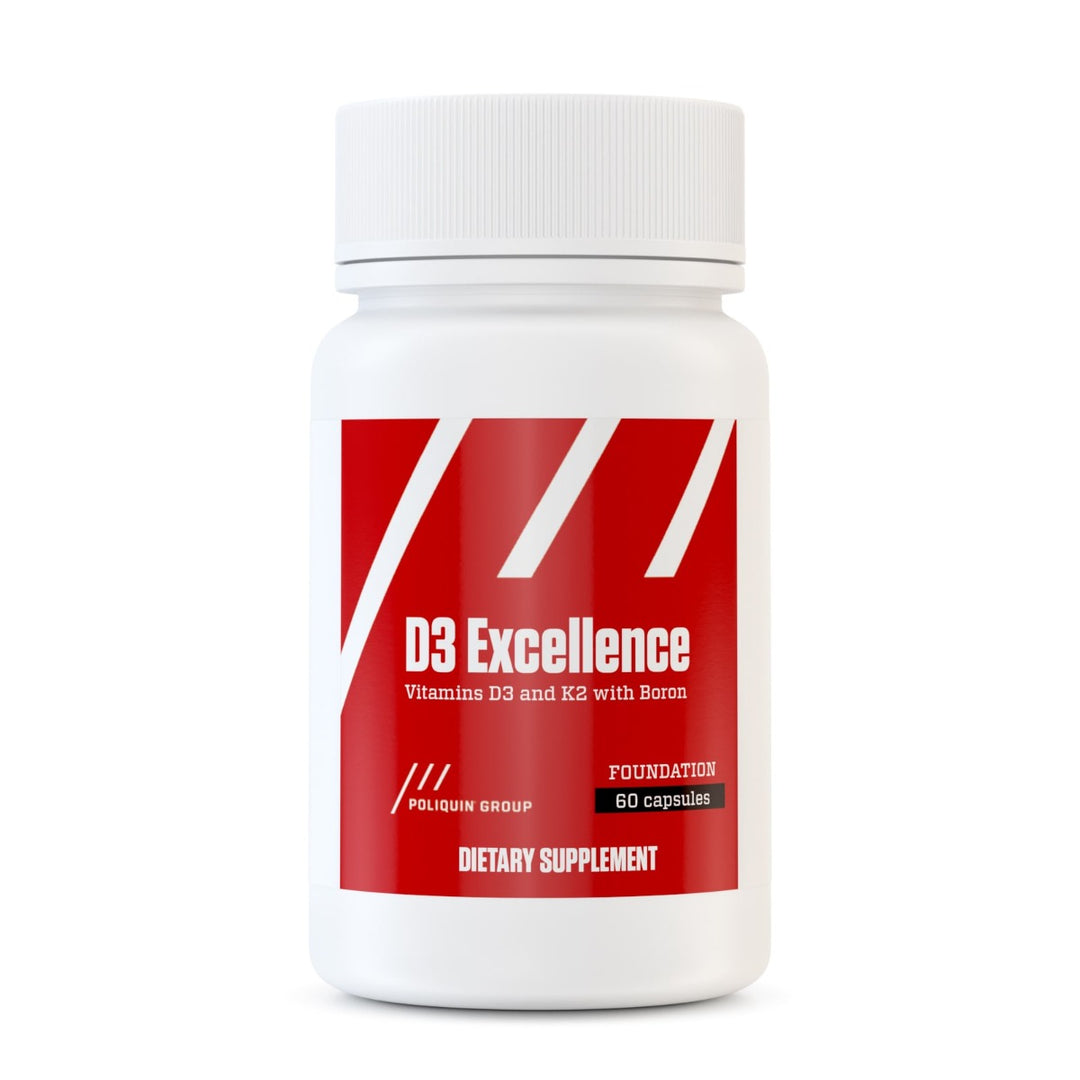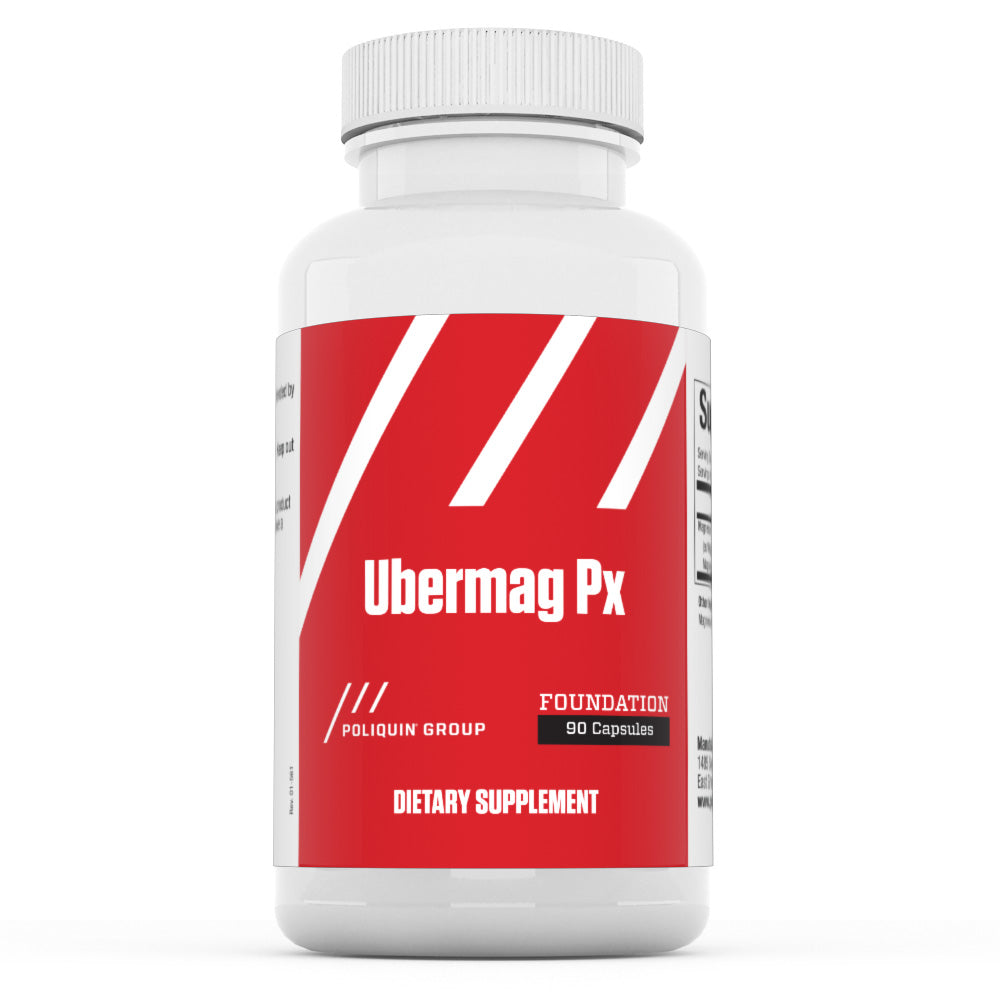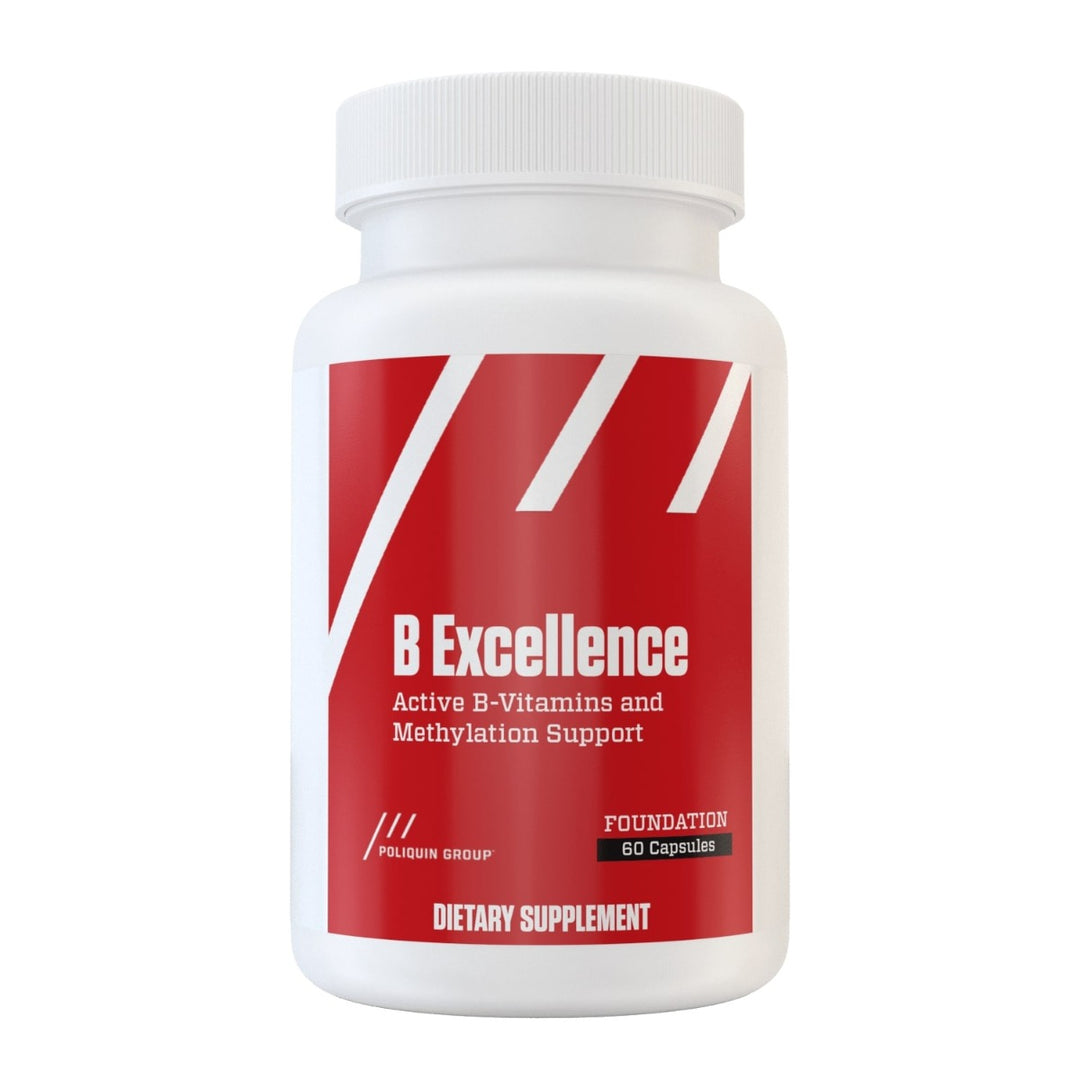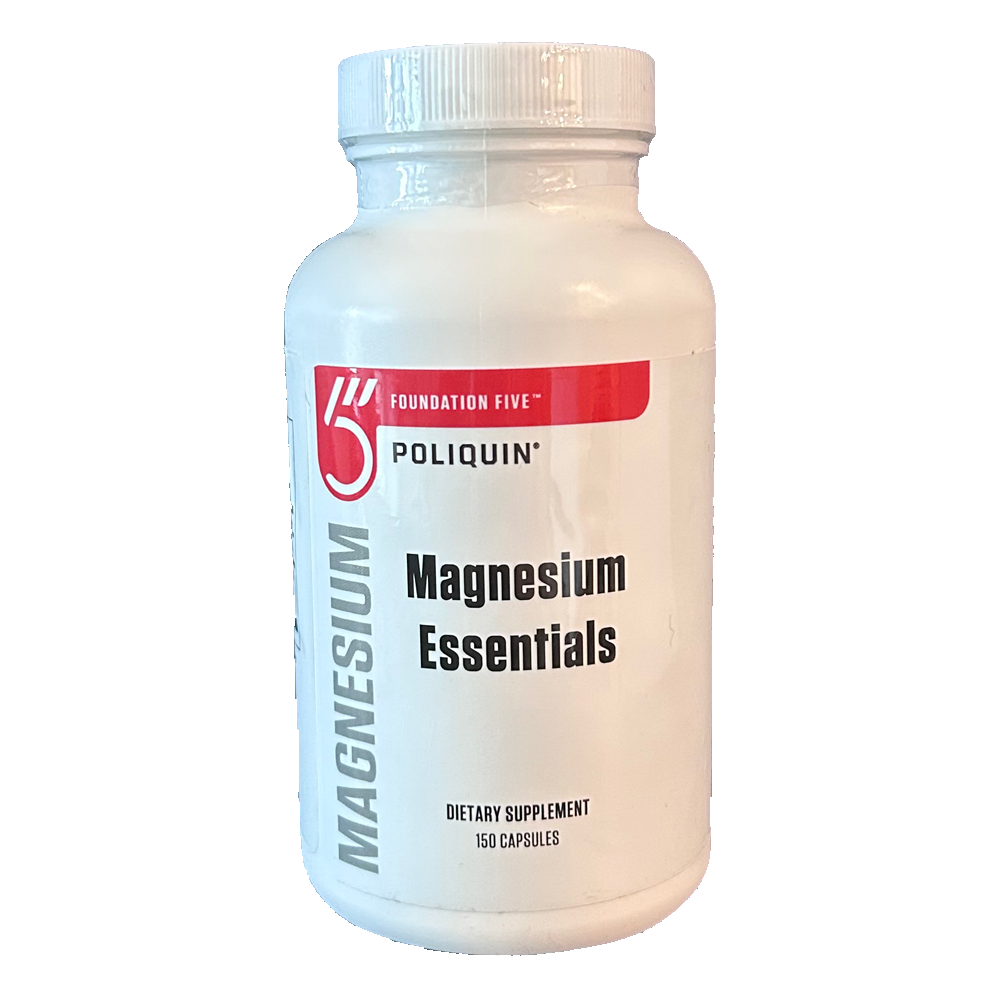How To Solve Your Low Testosterone Problem
You’ve probably heard the whispers that male testosterone levels have been rapidly dropping over the last 100 years. This isn’t all that surprising when you think about the average man’s lifestyle today compared to a few centuries ago:
Most men spend their days sedentary at a desk or in a car when their ancestors spent more than 12 hours a day involved in the physical rigors that allowed them to maintain life.
Most men are overweight and have high insulin and blood sugar compared to their muscular, lean, fat burning predecessors.
Most men never lift anything heavier than a suitcase once a year when they go on vacation, while their ancestors lifted objects heavier than their body weight on a regular basis.
How much of an impact has this shift had on testosterone levels?
A 2007 study found that the average levels of testosterone in men dropped by 1 percent a year over the 15-year study period. This means that a 45-year-old man in 2002 would have testosterone levels 15 percent lower than those of a 45-year-old in 1987. Naturally, it also means that a greater proportion of men in 2002 have below normal testosterone compared to 1987.
A study of Danish men showed similar findings, though this study observed the decline over a different time period: From 1920 to 1960 there was a 14 percent decline in testosterone levels in males of the same age.
Other studies show the decline in testosterone is worldwide and translates into several health problems for men:
Rates of testicular cancer are increasing. Although the cause is unclear, we know that the gradual decline in hormone levels leads to a shrinking of the testes, which brings with it an increase in oxidative stress and inflammation in the sex organs.
Sperm counts are plummeting to a greater degree than predicted by the decrease in testosterone. One theory is that the combination of toxin exposure and low testosterone leads to chronic degradation of sperm cells and reduced fertility.
There is an increase in sarcopenia or the loss of muscle mass. Although it’s possible to build muscle without testosterone, sufficient levels of this hormone appear to help preserve muscle during aging.
Men are physically weaker: In a 2002 grip strength test, the average 20 to 34-year-old man could apply 98 pounds of force, down from 117 pounds by the same man at age 1985. Grip strength is a strong predictor of future of mortality.
The solution to the decline requires untangling a complex web of social, environmental and behavioral factors. Experts stress that although testosterone replacement may be a reasonable solution in certain situations, for most men, low testosterone should be viewed as a marker of other nutrition and lifestyle behaviors that should be addressed first. What follows are seven strategies that have been clinically shown to improve testosterone levels:
#1: Fight Obesity
Excess body fat and the diet/sedentary lifestyle that encourages it are probably one of the biggest causes of low testosterone. Obese men have 25 to 45 percent lower testosterone levels than average-weight males, and we know that when overweight men lose fat, testosterone levels rise.
#2: Optimize Detoxification
A huge but underappreciated factor in the low testosterone epidemic is exposure to chemicals and toxins that mimic estrogen in the body. On the one hand, you want to limit your exposure by avoiding plastic containers and water bottles, staying away from air fresheners and chemical scents, and avoiding toxic cleaning products. On the other, a robust detoxification pathway is a necessity. Detoxification is a nutrient-dense process that requires an abundance of vitamins, amino acids, antioxidants, and fiber—none of which the average male gets enough of.
#3: Supplementation
Along with aiding the body in detoxification, certain nutrients protect the testosterone producing cells in the body from oxidative stress: Zinc and selenium are two nutrients that have been linked to higher testosterone in studies and are involved in antioxidant and coenzyme activity in the testes. The B vitamins are cofactors for normal enzyme production and metabolism of hormones, especially excess estrogen. Vitamin D impacts aromatase (the enzyme that turns testosterone to estrogen) and has protective effects on every organ in the body. Curcumin and other phytonutrients are potent antioxidants that have a balancing effect on compounds like SHBG that bind with testosterone and render it unusable by the body.
#4: Lift Heavy
Strength training leads to an acute release of testosterone, while having several secondary effects that improve hormone balance: Lowering body fat, improving muscle mass, countering inflammation, restoring insulin sensitivity, and improving the cortisol curve. Lifting very heavy loads and performing high-intensity physical efforts, such as a series of repeated sprints, or strongman exercises appears to have the greatest effect.
#5: Be Active
Even if you lift heavy or get in a soccer game or sprint workout a few days a week, a sedentary lifestyle is still linked with low testosterone. Think about the lifestyle of the cavemen we evolved from: They were moving all day long, hunting, gathering, finding water, erecting shelters, protecting their families and so on. You have the same body and it will respond accordingly by leaning you up and raising testosterone if you give it the movement it craves.
#6: Do Something About Your Stress
Stress drains testosterone levels, leading the body to pump out muscle-degrading cortisol. When experienced chronically, stress encourages food intake and stimulates fat storage around the belly—two actions that further drive down testosterone. The solution will be individual: Meditation, martial arts, or deep breathing work for some, while others thrive from creating organization in their lives or going to a therapist. The key is to dig deep and figure out how to get daily relief from the demands of daily life.
#7: Solve Sleep Issues
Sleep deprivation and poor sleep trigger an increase in the stress hormone cortisol and a subsequent drop in testosterone. Lack of sleep also decreases insulin sensitivity and raises glucose levels, negatively affecting metabolic function and decreasing testosterone. Whether it takes a sleep routine (set bedtime, grateful log, dim lights, etc.), supplementation (melatonin, magnesium), or sleeping according to your chronotype (natural tendency towards being a morning or evening person), solve sleep issues for a boost in testosterone.











